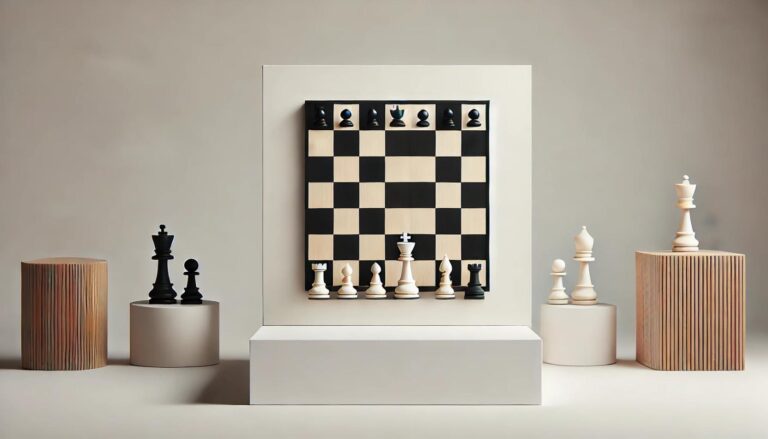Section 1: The Origins of Chess
Chess is a strategic board game that has been played for centuries. Its precise origins are unknown, but it is generally believed to have been invented in ancient India sometime during the 6th century. It then spread to Persia and the Arab world, where it gained popularity and evolved into the modern game we know today.
At the heart of chess is the concept of warfare, with two sides facing each other and using different pieces to outmaneuver and capture their opponent´s King. It is said that the game was originally created as a means for teaching the art of war and strategy to the ancient Indian nobility.
As the game´s popularity spread through Persia and the Arab world, it caught the attention of Europeans who were fascinated by its complexity and challenge. With the advent of trade and travel, chess eventually made its way to Europe and became a favorite pastime of the nobility during the Middle Ages.
Section 2: The Evolution of Chess Boards
The earliest chess boards were simple and often made of whatever material was readily available, such as wood, stone, or cloth. The board itself was usually 8×8 squares, symbolizing a battlefield where two armies could clash.
As the game became more widespread and its appeal grew, different cultures began to add their own artistic touches to the board. In China, for example, the board was typically larger and included unique dragon designs. In Japan, the board consisted of 9×9 squares and was known as shogi. Even in Europe, different designs and materials were used, with some boards featuring intricate carvings and others made from precious materials such as ivory or marble.
It wasn´t until the late 1800s that the standardized chess board we recognize today was developed. This board, with its iconic black and white checkered pattern, was created to provide a universal design that could be easily recognized and used by players from different countries. Since then, the design has remained relatively unchanged, with the exception of some minor variations in size and material.
Section 3: The Importance of the Board in Chess
The chess board plays a crucial role in the game, serving as the physical representation of the battlefield upon which the battle between two opposing sides takes place. It not only provides a clear and structured playing field, but it also serves as a visual aid for players to strategize and plan their moves.
The checkered pattern of the board also plays a significant role in the game. The alternating colors of the squares help players to easily identify and differentiate their own pieces from their opponent´s. This is especially useful when there are multiple pieces of the same type on the board, such as pawns or bishops.
Additionally, the layout of the board establishes important rules and boundaries for the game. For example, each player´s set of pawns can only move forward, and they are restricted to the two middle rows of the board. The bishops are also limited to diagonal movements within their own designated colors on the board. The board essentially acts as a guidebook for the players, providing them with a set of rules and boundaries to follow during the game.
Section 4: Alternatives to Playing on a Board
While the classic chess board remains the traditional and most widely used method of playing chess, there are also alternatives for those looking for a different experience. Online chess has gained popularity in recent years, allowing players to compete against opponents from all over the world without the need for a physical board.
In addition to online chess, there are also other variations of chess that can be played without a traditional board. For example, there is correspondence chess, where players send moves through mail or email. There is also blindfold chess, where players memorize the positions of the pieces and make their moves verbally without the use of a board.
However, these alternatives do not replace the experience of playing on a physical board, where both players are facing each other and can closely examine the position of the pieces to make strategic moves.
Section 5: The Enduring Appeal of Playing Chess on a Board
Despite advancements in technology and the availability of alternative methods of playing chess, the traditional board and pieces remain the most popular way to play the game. There are several reasons for this enduring appeal.
First, playing on a board provides a tactile experience that many find satisfying. Holding and moving the pieces on the board helps players to feel more connected to the game and their moves.
Additionally, playing on a board allows for better focus and concentration as there are fewer distractions. This is especially important in a game like chess, where players must anticipate and think several moves ahead to outmaneuver their opponents.
Lastly, there is a sense of tradition and nostalgia attached to playing chess on a board. The sight of a well-worn board and the feeling of the smooth, weighted pieces in one´s hand can bring back fond memories of countless games played with friends and family.
In conclusion, the board is an essential element of chess, providing structure, strategy, and tradition to this centuries-old game. While alternatives may exist, the classic chess board and its unique design will always hold a special place in the hearts of players around the world.

